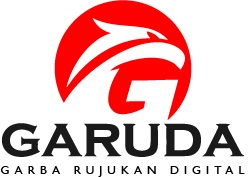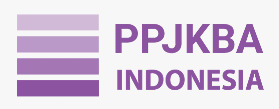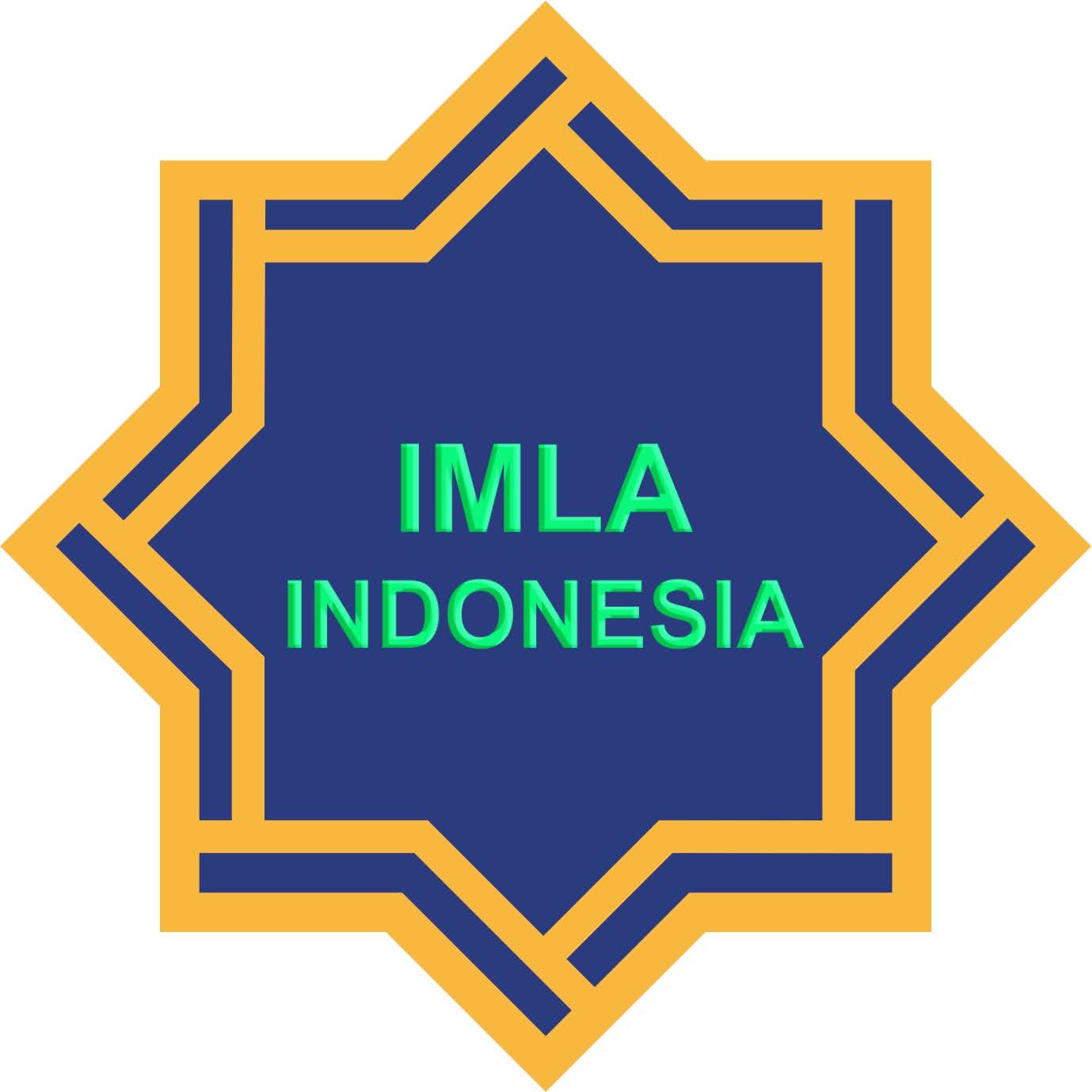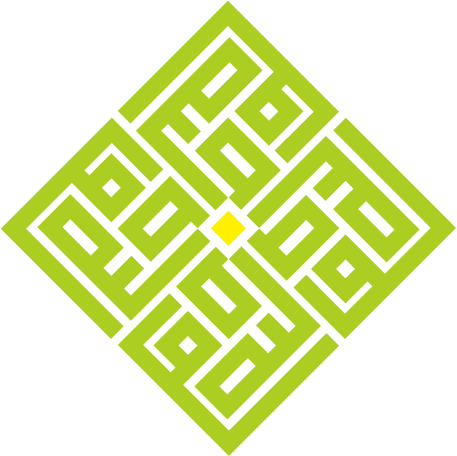Arabic Teaching and Learning Research in Non-Arabic-Speaking Countries: a Bibliometric Analysis
DOI:
https://doi.org/10.21154/tsaqofiya.v6i2.680Keywords:
Arabic teaching, Arabic learning, non-Arabic-speaking countries, bibliometric analysisAbstract
This study aims to explore the trajectory of Arabic language learning research in non-Arabic-speaking countries. The research method used is bibliometric analysis related to Arabic language learning in non-Arabic speaking countries. The data sources in this research are articles taken from the Scopus database using keywords such as Arabic Language Learning, Arabic Language Teaching, Arabic Language Education, and Arabic Language Teaching. We identified 108 relevant articles covering the period from 1970 to 2024. Our analysis encompasses various dimensions including yearly publication trends, authorship patterns, country affiliations, productive institutions, and prolific publishers within this thematic domain. Further insights were gathered through sophisticated analytical techniques, specifically employing VosViewer software for data visualization and thematic cluster analysis. a significant increase in research activity related to Arabic Learning within non-Arabic speaking countries, particularly evident over the past decade. Notably, Indonesia, with the world's largest Muslim population, emerges as the foremost contributor in terms of article productivity, closely followed by Malaysia and the United States. The pivotal role of the Gema Online Journal of Language Studies, affiliated with Universiti Kebangsaan Malaysia, underscores its significance as a platform shaping scholarly discourse in this field and standing as the most productive institution. Additionally, our analysis identifies Ritonga, M., as the most productive author, while Shah P.M. and Yusri, G. emerge as influential contributors within this scholarly domain. These findings provide valuable insights into the evolving landscape of Arabic language learning research in non-Arabic speaking contexts.
Abstrak
Penelitian ini bertujuan untuk mengeksplorasi lintasan penelitian pembelajaran bahasa Arab di negara non-Arab. Metode penelitian yang digunakan adalah analisis bibliomterik terkait dengan pembelajaran bahasa Arab di negara non-Arab. Sumber data dalam penelitian ini merupakan artikel-artikel yang diambil dari database Scopus dengan memanfaatkan kata kunci seperti pembelajaran bahasa Arab, pengajaran bahasa Arab, pendidikan bahasa Arab, dan pengajaran bahasa Arab. Penulis mengidentifikasi 108 artikel terkait yang mencakup periode 1970 hingga 2024. Analisis mencakup berbagai dimensi termasuk tren publikasi tahunan, pola kepenulisan, afiliasi negara, lembaga produktif, dan penerbit produktif dalam domain tematik ini. Pemanfaatan perangkat lunak VosViewer digunakan untuk visualisasi data dan analisis klaster tematik. Hasilnya menunjukkan peningkatan yang signifikan dalam aktivitas penelitian terkait pembelajaran bahasa Arab di negara- non-Arab, khususnya selama dekade terakhir. Indonesia, dengan populasi muslim terbesar di dunia, muncul sebagai kontributor utama dalam hal produktivitas artikel, diikuti oleh Malaysia dan Amerika Serikat. Peran penting Gema Online Journal of Language Studies, yang berafiliasi dengan Universiti Kebangsaan Malaysia, menggarisbawahi pentingnya sebagai platform yang membentuk wacana ilmiah di bidang ini dan berdiri sebagai institusi paling produktif. Selain itu, analisis kami mengidentifikasi Ritonga, M., sebagai penulis paling produktif, sementara Shah P.M. dan Yusri, G. muncul sebagai kontributor berpengaruh dalam domain keilmuan ini. Temuan ini memberikan wawasan berharga mengenai perkembangan penelitian pembelajaran bahasa Arab dalam konteks non-Arab.
References
Alotaibi, Faihan Dulaym, Saeedah Siraj, and Wail Muil Alhaj Said Ismail. “Design and Development of Mobile-Learning Model for Teaching Arabic Language Reading Skills to Non-Arab Speakers in Higher Education Institutions.” Opción: Revista de Ciencias Humanas y Sociales 35, no. 19 (2019): 2662–84.
Alotaibi, Faihan Dulaym, Saeedah Siraj, and Wail Muil Said Ismail. “Factors Influencing Acceptance to Use M-Learning in Learning Arabic Language for Non-Native Speakers in Saudi Universities.” Opción: Revista de Ciencias Humanas y Sociales, no. 20 (2019): 152–71.
———. “Students’ Perception On The Need For The Development Of M-Learning Model For Teaching Arabic Reading Skills To Non-Arab Speakers.” Opción: Revista de Ciencias Humanas y Sociales, no. 20 (2019): 775–810.
Broadus, Robert N. “Toward a Definition of ‘Bibliometrics.’” Scientometrics 12 (1987): 373–79.
Cohen, Louis, Lawrence Manion, and Keith Morrison. Research Methods in Education. routledge, 2002.
Crum, Sibel, and Öner Özçelik. “Social Networks as Technology-Enhanced Learning Environments for Second Language Teaching in Higher Education.” International Journal of Emerging Technologies in Learning (Online) 19, no. 1 (2024): 4.
Djamaluddin, Ahdar, S Ag, S Sos, and Dr Wardana. Pilar Peningkatan Kompetensi Pedagogis. Parepare: CV. Kaaffah Learning Center, 2019.
Donthu, Naveen, Satish Kumar, Debmalya Mukherjee, Nitesh Pandey, and Weng Marc Lim. “How to Conduct a Bibliometric Analysis: An Overview and Guidelines.” Journal of Business Research 133 (2021): 285–96.
Hamidin, Norfaezah Mohd. “The Teaching and Learning Strategies Used In Classroom: A Case Study in National Religious Secondary Schools (SMKA) in Selangor, Malaysia.” In The 2nd International Conference on Language, Education and Innovation 2015, 2015.
Harisca, Rodhy, Ahmad Bukhari Muslim, and Abdulahi Hussein Moalim Shariif. “Arabic Teaching Curriculum for Indonesian General Educational Stages in the Society Era 5.0.” Jurnal Al Bayan: Jurnal Jurusan Pendidikan Bahasa Arab 15, no. 1 (2023): 100–117.
Husnaya, Leila Ahya, and Rizka Eliyana Maslihah. “Musykilaat Ta’allum Al-Lughah Al-’Arabiyyah Bi Al-Madrasah Al-Mutawassithah Al-Islamiyyah Nurul Mujtahidin Mlarak Ponorogo.” Tsaqofiya: Jurnal Pendidikan Bahasa Dan Sastra Arab 4, no. 1 (2022): 136–58.
Ibrahim, Majdi Haji, and Akmal Khuzairy Abd Rahman. “Teaching of Arabic in Malaysia.” Intellectual Discourse 26, no. 1 (2018): 189–206.
Khalifah, Mohamad Handi, Rahmatina Awaliyah Kasri, and Hakan Aslan. “Mapping the Evolution of ZAKAH Theme Publications Years 1964-2021: A Bibliometric Analysis.” Journal of Islamic Accounting and Business Research 15, no. 2 (2024): 265–90.
Khasawneh, Najwa, and Mohamad Ahmad Saleem Khasawneh. “An Analysis of Arabic Language Needs for Speakers of Other Languages at Jordanian Universities.” International Journal of Language Education 6, no. 3 (2022): 245.
Li, Liang, Ping Gao, and Ji-Ye Mao. “Research on IT in China: A Call for Greater Contextualization.” Journal of Information Technology 29, no. 3 (2014): 208–22.
Mahmoud, Ahmed Ragheb Ahmed, and Muhammad Sabri Sahrir. “Integration of an Interactive Program in Learning Arabic Language for Non-Native Speakers via Virtual Tutor.” Integration 13, no. 3 (2013).
Mahyudin, Ritonga, Widodo Hendro, Lahmi Ahmad, Budiarti Meliza, Annova Fauzana, and Zubaidah Zubaidah. “Arabic Learning Orientation in Ma’had and Islamic Boarding Schools, and Its Relevance to the Need for Human Resources with Language Skills in the Globalization Era.” International Journal of Early Childhood Special Education 13, no. 2 (2021): 375–384.
Mansur, Mansur. Ilmul Lughah An-Nafsy. Riyadl: Jamiah Al Malik Saud, 1982.
Mohammed, T A S, B Al-Sowaidi, and F Banda. “Towards a Technology-Enhanced Blended Approach for Teaching Arabic for s Ri’purposes (Asp) in the Light of the South African National Qualifications Framework.” International Journal of Information and Education Technology 11, no. 1 (2021): 1–9.
Mohammed, Tawffeek A S, Blanche Nyingome Assam, and Mustapha Saidi. “The Use of Web 2.0 Tools in the Foreign Language Classroom.” Journal of Educational and Social Research 10, no. 2 (2020): 177–90.
Muassomah, Muassomah, Arief Rahman Hakim, and Eva Laily Salsabila. “Arabic Learning Challenges.” In 4th Annual International Conference on Language, Literature and Media (AICOLLIM 2022), 475–82. Atlantis Press, 2023.
Mustofa, Zamzam. “Proses Pembelajaran Berbahasa Arab Pada Program BLC (Bilingual School) Kelas VII MTsN Kota Madiun.” Tsaqofiya: Jurnal Pendidikan Bahasa Dan Sastra Arab 3, no. 1 (2021): 46–61.
Razman, Syakirah Mohd, Zawawi Ismail, and Wail Muin Alhaj Said Ismail. “Developing a Teaching Module on Arabic Vocabulary Based on the Four Strands Theory for Pre-University Students in Malaysia: A Needs Analysis.” Theory and Practice in Language Studies 12, no. 11 (2022): 2263–73.
Ritonga, Mahyudin, Rosniati Hakim, Talqis Nurdianto, and Apri Wardana Ritonga. “Learning for Early Childhood Using the IcanDO Platform: Breakthroughs for Golden Age Education in Arabic Learning.” Education and Information Technologies 28, no. 7 (2023): 9171–88.
Sahrir, Muhammad Sabri, Nor Aziah Alias, Zawawi Ismail, and Nurulhuda Osman. “Employing Design and Development Research (DDR): Approaches in the Design and Development of Online Arabic Vocabulary Learning Games Prototype.” Turkish Online Journal of Educational Technology-TOJET 11, no. 2 (2012): 108–19.
Shamshudeen, Rosya Izyanie, and Nurazan Mohmad Rouyan. “Oral Communication Strategies Preferences in Arabic Debate among Non-Arabic Speakers.” International Journal of Academic Research in Business and Social Sciences 11, no. 9 (2021): 131–51.
Wahba, Kassem, Zeinab A Taha, and Liz England. Handbook for Arabic Language Teaching Professionals in the 21st Century. Routledge, 2014.
Yolanda, Refiyana, Dadang Firdaus, Muspika Hendri, and Zaharo Zaharo. “Brain Based Learning Using Augmented Reality Technology as an Arabic Learning Media.” Tsaqofiya: Jurnal Pendidikan Bahasa Dan Sastra Arab 6, no. 1 (2024): 261–78.
Yusri, G, N M Rahimi, P M Shah, and W Wan Haslina. “Attitude towards Learning Oral Arabic as a Foreign Language among Malaysian Students.” Pertanika Journal of Social Sciences & Humanities 20, no. 3 (2012): 765–79.
Yusri, Ghazali, Nik Mohd Rahimi, Parilah M Shah, and Wan Haslina Wah. “Cognitive and Metacognitive Learning Strategies among Arabic Language Students.” Interactive Learning Environments 21, no. 3 (2013): 290–300.















.png)


